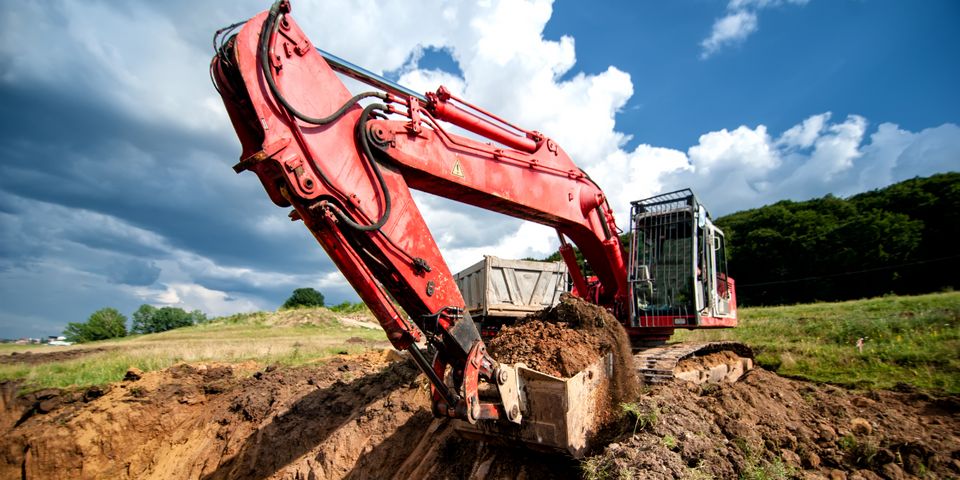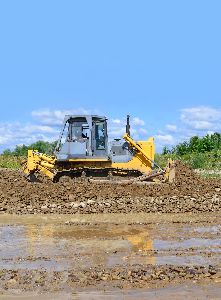
Excavation is one of the most important processes in the early stages of any construction or infrastructural project. It involves the use of everything from hand tools such as shovels and picks to heavy excavators, bulldozers, and draglines in order to prepare cavities in the ground for building foundations, pipelines, and other systems and structures. In the following article, take a closer look at some of the types of excavating processes used in construction and property development.
A Short Introduction to Methods of Excavation
Topsoil
This involves the removal of the uppermost exposed layer of soil on a piece of land, including vegetation like trees and shrubs and decaying matter which may make the terrain too unstable for construction. After it’s removed, topsoil is usually set aside for later use in restoring the landscaping on the finished property.
Earth

“Earth” is defined as the layer of soil immediately below topsoil and above layers of hardpan and rock. The most effective way to move this dense soil is with heavy excavating machinery. Usually, this process is called for when planning larger structures such as bridges or multi-story buildings, or to create deep drainage ditches or channels for pipes and cables.
Muck
Muck is any combination of soil with excessive amounts of water which can make it unstable and difficult and time-consuming to remove without heavy equipment. Once removed from the ground, muck can be turned into usable soil by spreading it over a large area and left to dry. It may be necessary to add gravel or other substances in order to stabilize muck prior to construction.
Rock
Rock excavation is a challenging process requiring the use of drilling and blasting equipment and highly-trained technicians. It’s usually only called for when the ground below a building site is excessively rocky or cemented, or if large subsurface boulders are discovered during standard excavation.
Unclassified
Excavating is deemed to be unclassified when it involves the removal of any combination of topsoil, earth, muck, or rock. It’s often a useful classification for contractors, since it would be prohibitively costly and time-consuming in these cases to distinguish between soil types. This process is carried out regardless of soil type and subsurface moisture content.
When you’re in need of a proven excavating service, contact Oettinger Excavating & Septic Inc. in Rhinelander, WI. These fully licensed and insured excavation contractors are backed by over 20 years of professional experience serving businesses and residents throughout Oneida County. Call (715) 369-2872 to request a free estimate, and visit their website to learn more about their services.
About the Business
Have a question? Ask the experts!
Send your question

